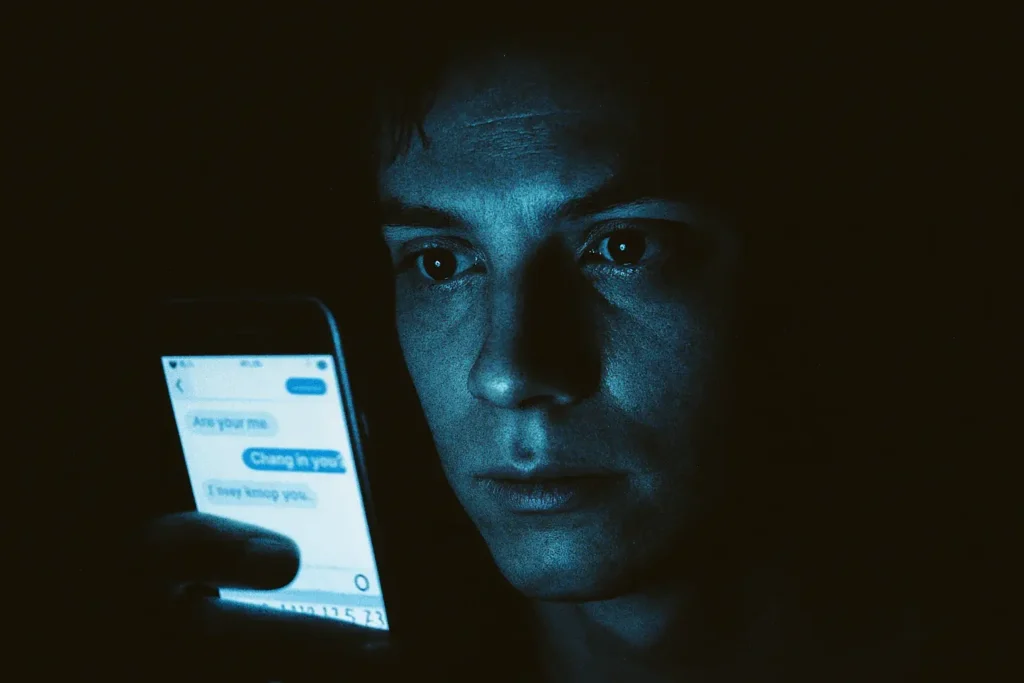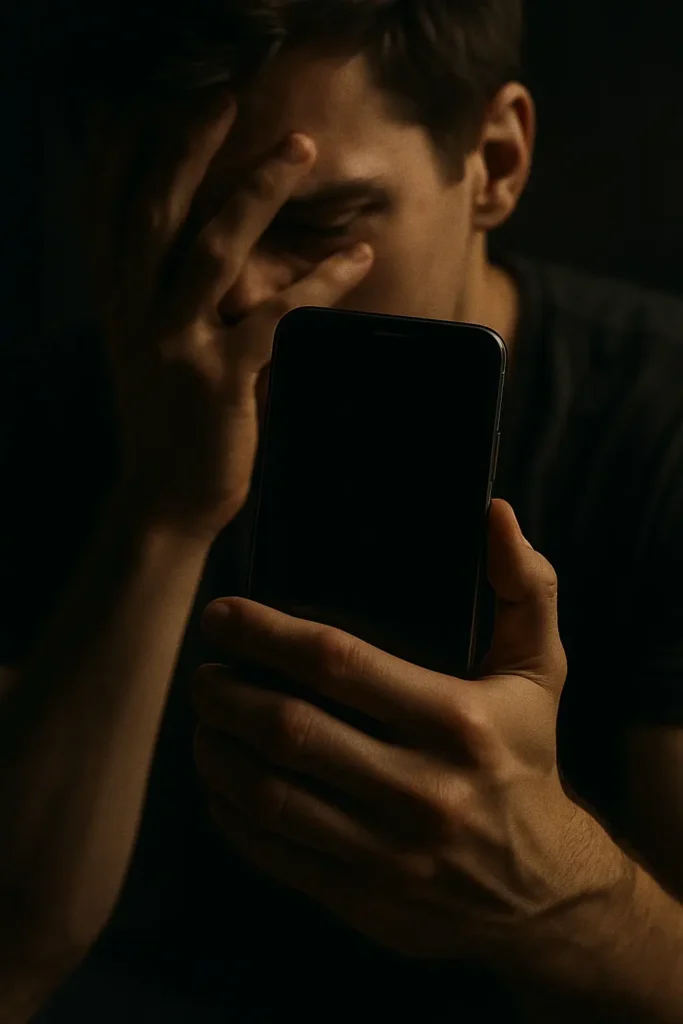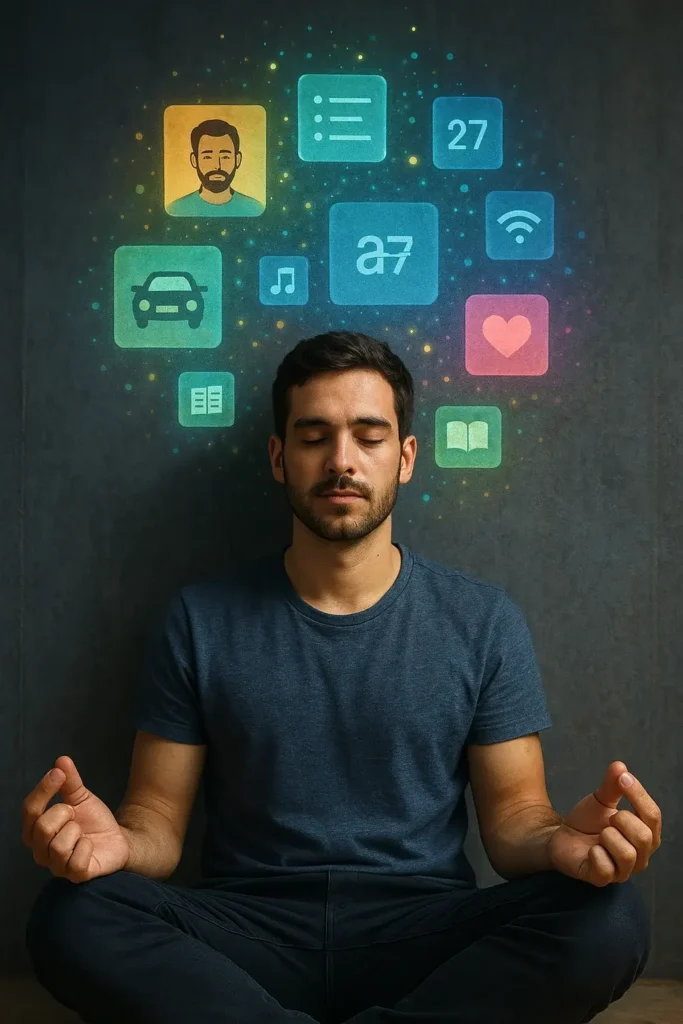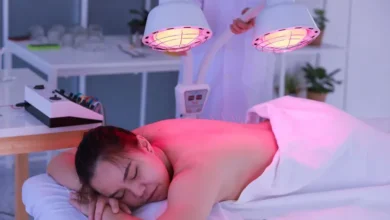Technology and Mental Health: Achieving an Optimum Synergy!
1. Introduction of Technology and Mental Health: Why This Topic Matters Now
Digital We’re in a world where technology influences almost every facet of our lives. While it’s made work, communication, and entertainment more accessible, it’s also raised crucial concerns about mental well-being. With anxiety and depression on the rise, it’s essential to understand how we can harness technology not as a threat but as a partner in achieving mental wellness.

2. The Digital Age: A Double-Edged Sword
a. The Boon of Connectivity
Technology has broken down barriers, enabling us to stay connected with loved ones, access resources, and work remotely. Video calls and community apps provide a lifeline for those living in isolation.
b. The Burden of Overstimulation
However, constant notifications, endless scrolling, and the fear of missing out (FOMO) can overwhelm the brain. Studies show that increased screen time correlates with heightened anxiety and decreased attention spans, especially in younger populations.

3. Impact of Social Media on Emotional Health
a. FOMO and Validation Culture
Platforms like Instagram and TikTok often encourage a comparison mindset. Likes, shares, and curated content can lead to a cycle of validation-seeking and emotional instability, especially among teens and young adults.
b. The Rise of Online Harassment
Cyberbullying and online hate have increased drastically. According to Pew Research, 41% of U.S. adults have experienced online harassment, profoundly impacting their mental well-being.
4. Mental Health Apps: Help or Hype?
a. Meditation, Journaling & CBT on the Go
Apps like Headspace, Calm, and Moodnotes bring mental health resources directly to our phones. They offer guided meditation, thought tracking, and cognitive behavioral techniques that promote daily well-being.
b. Limitations and Ethical Concerns
Despite their benefits, mental health apps aren’t substitutes for professional therapy. Data privacy concerns and unregulated advice remain critical issues that users must navigate carefully.
5. Screen Time vs. Mind Time
a. The Science of Digital Fatigue
Blue light exposure, eye strain, and constant multitasking can fatigue the brain. Neurologists emphasize the importance of “mind time”—moments of offline reflection—to maintain cognitive health.
b. Strategies for Mindful Tech Use
Restore mental clarity with screen time tracking, scheduled breaks, and app limits. Replace doom scrolling with short walks, reading, or offline hobbies.
6. AI in Mental Healthcare: The Future is Now
a. AI Therapists and Chatbots
AI-powered tools like Woebot and Wysa use natural language processing to simulate empathetic conversations. They provide 24/7 support and evidence-based guidance, which is especially useful in underserved regions.
b. Predictive Analytics for Mental Health Monitoring
AI can analyze patterns in speech, behavior, and even typing speed to predict potential mental health crises. This allows for early intervention and more personalized care.

7. Virtual Reality and Mental Wellness
a. VR for PTSD and Anxiety
Virtual reality exposure therapy (VRET) is increasingly used to treat PTSD and phobias. By simulating safe environments, users can confront and manage trauma gradually.
b. Immersive Environments for Mindfulness
Apps like TRIPP offer calming, interactive VR experiences that reduce stress and boost mindfulness. Pilot studies have shown promising results from this integration of entertainment and therapy.
8. The Role of Wearables in Monitoring Mental Well-being
a. Stress Tracking and Biofeedback
Devices like the Apple Watch or Fitbit can measure heart rate variability, sleep quality, and cortisol levels, providing real-time data on stress and recovery.
b. From Data to Daily Habits
When synced with health apps, these insights help users adopt healthier routines, such as better sleep hygiene, hydration tracking, or breathing exercises during high-stress moments.
9. Creating Healthy Digital Habits
a. Digital Detoxing Techniques
Try 24-hour phone fasts, no-screen bedrooms, or social media sabbaticals. These minor adjustments reset the brain and reduce cortisol.
b. Productivity Apps that Promote Balance
Apps like Forest and Freedom help users stay focused while encouraging breaks. They gamify productivity without promoting burnout.
10. The Workplace: Blending Tech with Mental Health Policies
a. Remote Work Burnout
While flexible, the work-from-home culture has blurred work-life boundaries. Employees often report working longer hours and feeling isolated without daily in-person interactions.
b. Corporate Wellness Programs Powered by Tech
Forward-thinking companies use platforms like BetterUp and Modern Health to offer virtual therapy, wellness challenges, and mental health days, signaling a cultural shift in workplace well-being.
FAQs
1. Can technology improve mental health?
When used wisely, technology can provide access to support, tools, and resources that empower users to manage mental health proactively.
2. Are mental health apps reliable?
Many are backed by science, especially those based on CBT or mindfulness. However, they’re best used alongside professional help, not as a replacement.
3. How much screen time is too much?
Experts recommend limiting recreational screen time to 2 hours per day. Balance is key.
4. What is digital detoxing, and does it work?
Digital detoxing involves taking intentional breaks from screens. Brief respites alleviate stress and enhance sleep.
5. How can technology help me track my mental well-being?
Track mood, stress, and sleep using wearables and mental health apps; journaling and guided meditation can also enhance self-awareness.
6. What role does AI play in therapy?
AI is used for supportive chatbots, symptom tracking, and crisis prediction. While helpful, it’s not a complete substitute for human therapy.
Conclusion: A Balanced Path Forward
Technology isn’t inherently good or bad—how we engage with it determines its impact on our mental health. By cultivating mindful digital habits, leveraging tech-powered wellness tools, and supporting ongoing innovations in digital therapy, we can strike a healthy balance between connectivity and well-being. The synergy between technology and mental health holds great promise—as long as we remain intentional, informed, and in control.
Learn More: The Tech Trap: The Health Risks of Electronic Devices and How to Address Them!



